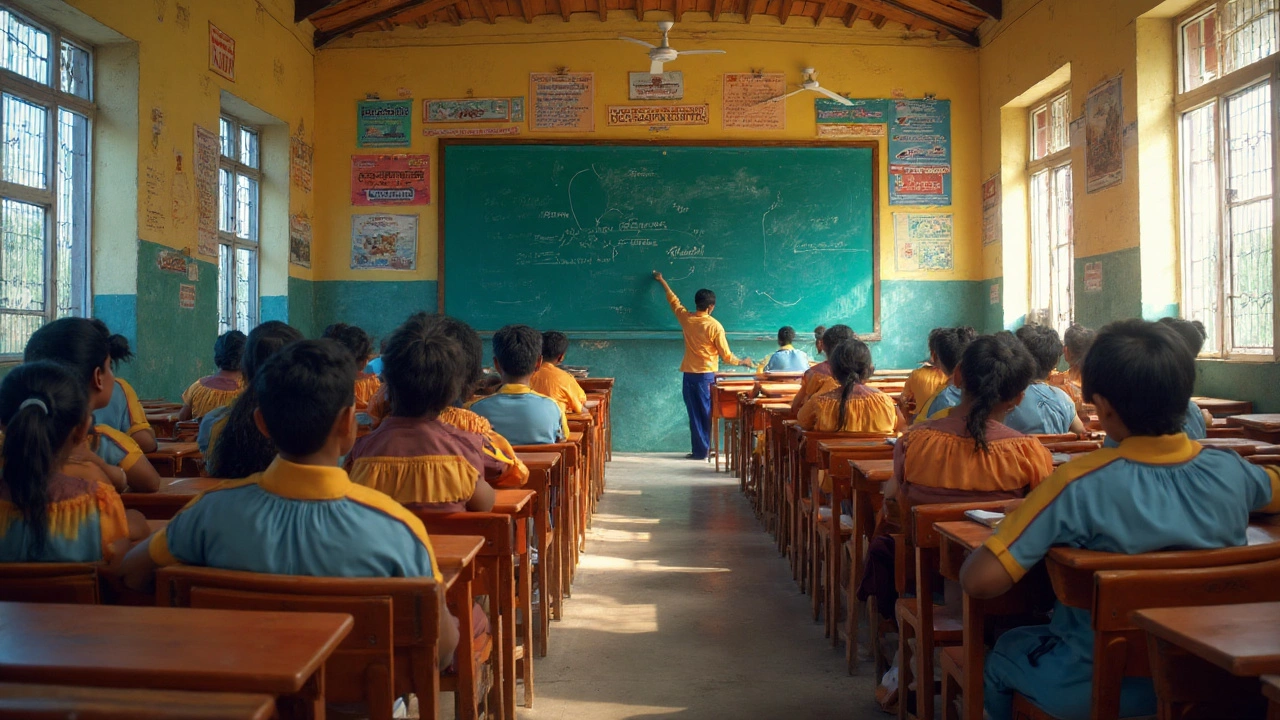Understanding the Education System USA: A Straightforward Guide
If you’ve ever wondered how schooling works in the United States, you’re not alone. The system can feel confusing because each state runs its own schools, but the basic structure is the same everywhere. It starts with K‑12 – kindergarten through 12th grade – and then moves on to higher education, which includes community colleges, four‑year universities, and graduate schools.
In K‑12, kids normally start kindergarten at age five. Elementary school covers grades 1‑5, middle school (or junior high) handles grades 6‑8, and high school finishes grades 9‑12. Most high schools require 22‑24 credits to graduate, covering English, math, science, social studies, and electives. State standards, like the Common Core, set what students should know, but schools can add local flavor.
Key Features of US K‑12 Education
Public schools get funding from federal, state, and local taxes. That’s why schools in wealthy districts often have better facilities and more extracurricular options. Private schools rely on tuition and donations, and they can set their own curricula. Charter schools are public but run by independent groups; they aim to innovate while staying tuition‑free.
Standardized tests, such as the SAT, ACT, and state assessments, measure student progress. Colleges use SAT/ACT scores, GPA, and extracurriculars to decide admissions. Recently, many states have shifted toward competency‑based learning, letting students move forward when they master a topic instead of waiting for a semester to end.
Higher Education: From Community College to Ivy League
After high school, students pick a path that fits their goals and budget. Community colleges offer two‑year associate degrees and are a cheap way to earn credits before transferring to a four‑year university. Public universities, funded by states, charge lower tuition for in‑state residents and higher rates for out‑of‑state students. Private universities set their own tuition, which can be steep, but they often provide generous financial aid.
Graduate school (master’s, PhD, professional degrees) follows the bachelor’s degree and focuses on specialized knowledge. Medical school, law school, and MBA programs are popular professional tracks. Admission is competitive and usually requires strong undergraduate grades, test scores, and relevant experience.
One trend reshaping the whole system is online learning. Platforms like Coursera, edX, and university‑run MOOCs let anyone take courses for free or at low cost. Hybrid classes – a mix of in‑person and online – are now common, especially after the pandemic taught schools how to teach remotely.
Another big shift is the emphasis on STEM (science, technology, engineering, math). Schools are adding coding classes as early as middle school, and many colleges now require a programming course for non‑tech majors. This push aims to fill the growing demand for tech‑savvy workers.
For students navigating the US system, a few practical tips can make a big difference. First, keep track of graduation requirements early – each state and district posts them online. Second, explore financial aid options; the FAFSA form unlocks federal grants and loans that many families miss. Third, consider community college for the first two years; it saves money and often provides a smoother transition to a four‑year campus.
Parents can help by staying involved in school board meetings, asking teachers about progress, and encouraging extracurricular activities that build soft skills. Remember, the US education system values both academic performance and well‑rounded experiences, so a balanced approach works best.
In short, the US education system mixes public, private, and charter options at the K‑12 level, offers multiple routes to higher education, and constantly evolves with technology and policy changes. Knowing the basics, staying on top of requirements, and using the resources available will help anyone make the most of their American learning journey.
USA vs India: A Deep Dive into Which Education System Works Better
Explore how the Indian and American education systems really compare, with fresh facts and genuine insights. Unpack which one suits your goals and why.
